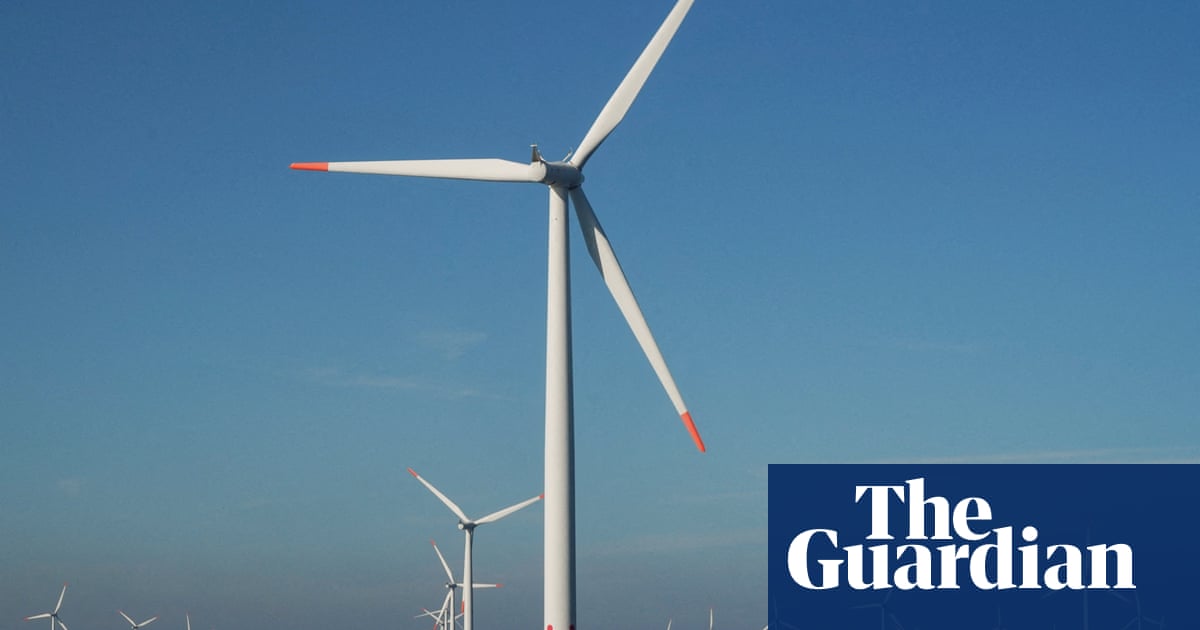Kamala Harris has stretched her lead over Donald Trump in the US presidential election race, the latest polling averages show, even while the two candidates appear to be running neck-and-neck in most battleground states.
The Guardian’s newest poll tracker, based on a range of surveys conducted across a 10-day period, shows the vice-president and Democratic nominee at 48.2%, compared with 44.4% for Trump, the Republican candidate and former president – giving Harris a 3.6-point advantage.
That’s one point up from the lead she held a week ago and broadly consistent with most – though not all – recent survey findings.
To put it in perspective, the polling analysis website 538, also known as Five Thirty Eight, gave Harris a 2.9-point advantage on Friday morning, smaller than the Guardian’s advantage but within range. The site translated that into Harris having a 58% chance of winning November’s election, against 42% for Trump.
The caveat is that these figures relate to national polls, while the election outcome is almost certain to be decided by who wins certain key swing states under America’s electoral college system.
Nevertheless, the fact that Harris’s national poll lead may be increasing – even by small margins – may turn out to be significant.
Polling suggests that Harris is likely to win the popular vote – Democratic candidates have done so in five out of the past six presidential elections in the 21st century, yet Republicans eked out a victory in two of those contests.
The first was in 2000, when George W Bush edged out Al Gore – despite losing the nationwide tally by around 540,000 – after a weeks-long court battle to decide who had won Florida, where thousands of ballots were disputed.
More recently, Trump triumphed in the electoral college in 2016 thanks to wafer-thin victory margins in the three blue-wall states of Pennsylvania, Michigan and Wisconsin despite gaining around 2.7m fewer votes than Hillary Clinton across the nation.
The prospects of a repeat 2016 scenario are a recurring nightmare in the minds of many Democrats.
However, Harry Enten, CNN’s data analyst, painted a rosier outlook for Harris stemming from her range of national poll leads. Although his own network’s latest survey gave her only a narrow, one-point advantage, Enten acknowledged that other polls reflected a bigger lead, some as large as six points.
“We talk about these national polls, but the bottom line is, it’s a race to 270 [electoral college votes],” he said. “One way you can kind of get at this is: [what are] Harris’s chances, given a popular vote margin? And what’s the chance you win the electoral college?”
Continuing the theme, Enten argued that Trump would have an electoral college advantage if the national vote were tallied with the CNN poll that gave Harris a single-point lead – but that this would disappear if she were to win the national vote by a wider margin as suggested by other polls and reflected in the Guardian tracker.
“If you model it out, and we sort of get where that CNN poll is – plus one – I think Donald Trump would be favoured in the electoral college. Harris would just have a 33% chance of winning,” he said. “But if you get closer to where the average poll is, a plus-two to plus-three margin, then Harris is a slight favourite in the electoral college.”
The long-standing assumption underpinning that argument – common to pollsters and political partisans alike and reinforced by Trump’s 2016 winning-while-losing feat – is that Republicans have a natural advantage in the electoral college, meaning that a Democratic candidate needs to win the popular vote by a significant margin to be sure of securing the 270 electoral votes essential for victory.
Nate Cohn, the New York Times’ chief poll analyst, argued that there was evidence that this GOP advantage was being eroded.
Cohn detected the trend, counterintuitively, in a New York Times/Siena poll that showed Harris and Trump tied nationally at 47% – while the Democratic nominee is leading by an impressive four points in Pennsylvania, arguably the most important swing state of all.
“There’s growing evidence to support a surprising possibility: [Trump’s] once formidable advantage in the electoral college is not as ironclad as many presumed. Instead, it might be shrinking,” Cohn argued.
He went on: “According to the New York Times’ polling average, it does not seem that Kamala Harris will necessarily need to win the popular vote by much to prevail.”
The reason, roughly summarised, is that while Harris is sustaining narrow leads in Pennsylvania, Michigan and Wisconsin – three states that would be enough to get the vice-president to the coveted 270 electoral votes – Trump is polling better than four years ago in states he still has little chance of winning.
“On the one hand, Ms Harris is holding her own in Michigan, Wisconsin and Pennsylvania,” Cohn wrote, while cautioning that her lead was “tenuous”. “The second half of the explanation, oddly, is that Mr Trump is gaining in non-competitive states like New York, improving his position in the national popular vote without helping him in the most important states.”
With just over five weeks to go before polling day, none of this is predictive of a final outcome. But it may just suggest a scenario where the candidate destined for the White House is the one who wins the most votes – which, after all, is how democracy is meant to work.



